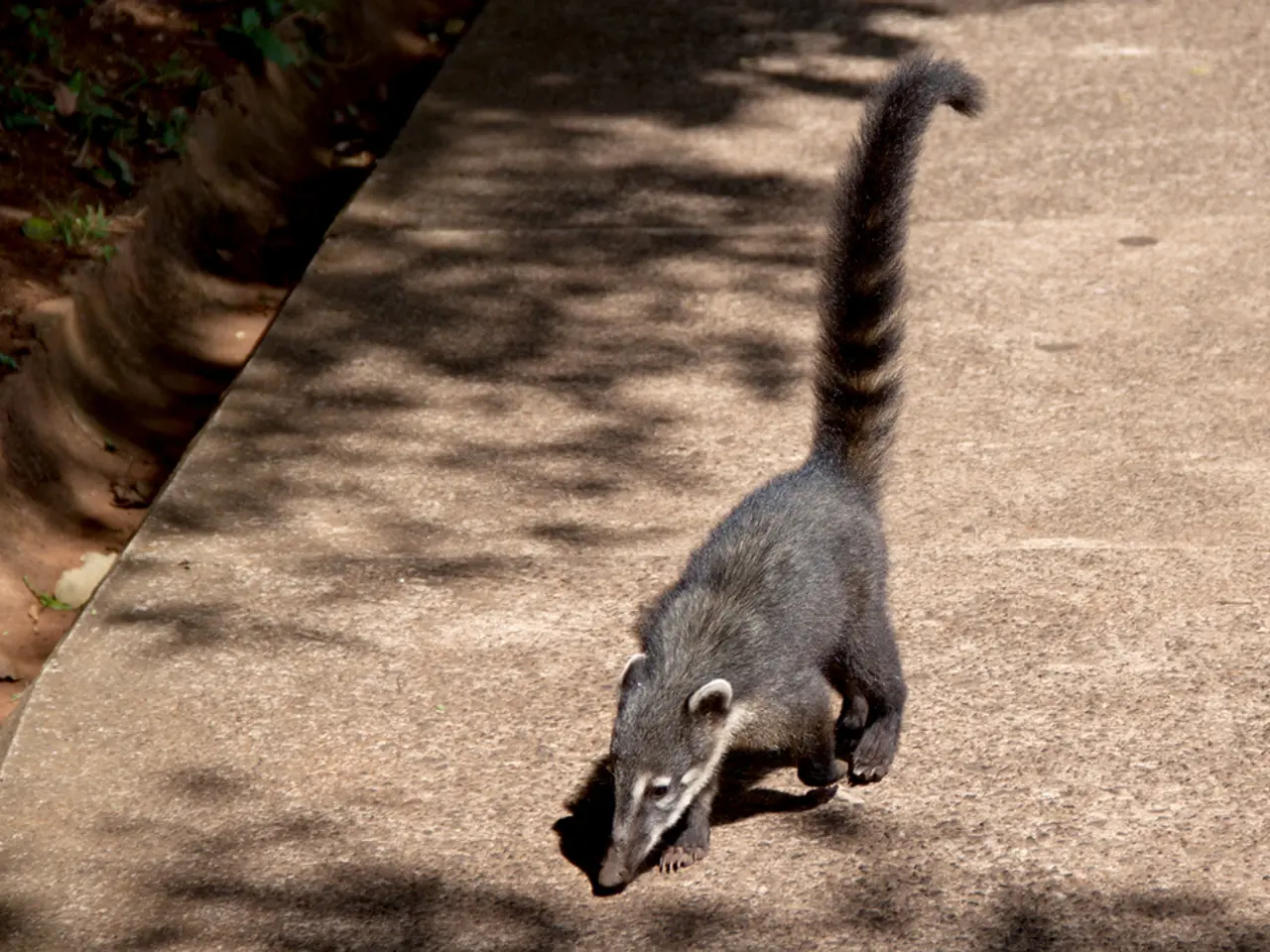Allergic Reactions from Flora and Vegetation: Classifications, Signs, and Further Information
Common North American Plants and Weeds That Cause Hives: A Guide to Identification and Prevention
Several common plants and weeds in North America can cause hives and allergic skin reactions. By understanding these plants and their characteristics, you can take steps to avoid them and minimize potential outbreaks.
Poison Ivy, Oak, and Sumac
The main irritant in poison ivy, oak, and sumac is the oil urushiol, which is present in all parts of the plant, even when dead. The rash from these plants can last for days or weeks, causing red, itchy patches, small bumps or blisters, swelling, and warmth. The rash often appears 24-72 hours post-exposure.
Poison ivy typically grows as a vine, but it can also be a shrub. It has solid green, pointed leaves that hang from its stem in groups of three. Poison oak looks similar to poison ivy, except it grows more like a shrub than a vine. Poison sumac can be identified by its leaves arranged on each side of a branch, with the plant taking the form of a shrub rather than a vine. It is more commonly found in the Midwest and eastern states, especially in wet or swampy areas.
Wild Parsnip, Giant Hogweed, and Stinging Nettle
Wild parsnip and giant hogweed are invasive weeds related to the Apiaceae family, commonly found in open fields and disturbed areas. They contain chemicals that, upon skin contact and sunlight exposure, can cause phytophotodermatitis — severe blistering and skin inflammation. Stinging nettle and tread-softly cause immediate stinging, itching, and sometimes short-term skin discoloration from their fine irritating hairs.
Giant hogweed belongs to the Heracleum plant family and grows as big as 12-15 feet tall and 3 feet wide. Skin becomes more sensitive to UV light when it comes into contact with giant hogweed, causing phototoxic dermatitis. Wood nettle, also called stinging nettle, is a member of the Urticaceae plant family. It has a single, slightly zig-zagging stem, stinging hairs, oblong, pointed leaves on long stalks, and coarse teeth.
Ragweed
Ragweed can cause itchy, red streaks on the skin 24-48 hours following exposure. It is a plant that grows wild in nearly all parts of the United States, especially in the East and the Midwest, in both suburban and rural areas.
Prevention and Treatment
Avoidance is key to preventing hives from these plants and weeds. Wearing long sleeves, gloves, and washing exposed skin promptly reduces the risk. Washing clothes, tools, and pets after potential contact prevents secondary exposure since urushiol oil can linger.
Topical corticosteroids and antihistamines help reduce itching and inflammation with more severe cases possibly requiring medical intervention. Seek urgent care if the rash is severe, widespread, on sensitive areas (face/genitals), or accompanied by difficulty breathing or swallowing.
To relieve itching, try colloidal oatmeal baths, calamine lotion, hydrocortisone cream, and applying a cool, wet washcloth directly to the hives. Remember to avoid scratching, and take short, lukewarm or cool baths to prevent further irritation.
Stay aware of these common North American plants and weeds, and take steps to avoid them to minimize hives and allergic skin reactions.
Read also:
- Overweight women undergoing IVF have a 47% higher chance of conceiving naturally post-weight loss
- Bonsai Trees from Evergreen Species: Exploring Growth Characteristics & Distinct Qualities
- What temperatures may make walking your canine companion uncomfortable?
- Alcohol consumption and the connection to esophageal cancer: An exploration of links and potential hazards






